-
 Bitcoin
Bitcoin $95,023.1429
2.09% -
 Ethereum
Ethereum $1,800.3961
1.68% -
 Tether USDt
Tether USDt $1.0002
-0.02% -
 XRP
XRP $2.3088
2.89% -
 BNB
BNB $606.0473
0.76% -
 Solana
Solana $148.2362
1.40% -
 USDC
USDC $1.0000
0.01% -
 Dogecoin
Dogecoin $0.1795
1.97% -
 Cardano
Cardano $0.7069
1.89% -
 TRON
TRON $0.2493
2.16% -
 Sui
Sui $3.5454
2.55% -
 Chainlink
Chainlink $15.1229
4.91% -
 Avalanche
Avalanche $21.9622
2.89% -
 Stellar
Stellar $0.2844
1.10% -
 UNUS SED LEO
UNUS SED LEO $8.9496
-1.42% -
 Toncoin
Toncoin $3.2790
1.17% -
 Shiba Inu
Shiba Inu $0.0...01379
3.47% -
 Hedera
Hedera $0.1904
1.28% -
 Bitcoin Cash
Bitcoin Cash $369.5002
7.36% -
 Polkadot
Polkadot $4.2811
5.71% -
 Litecoin
Litecoin $86.8340
2.61% -
 Hyperliquid
Hyperliquid $18.9841
11.47% -
 Dai
Dai $1.0001
0.01% -
 Bitget Token
Bitget Token $4.4223
2.75% -
 Monero
Monero $268.2440
-6.91% -
 Ethena USDe
Ethena USDe $0.9995
0.01% -
 Pi
Pi $0.6078
-2.78% -
 Pepe
Pepe $0.0...08924
1.80% -
 Aptos
Aptos $5.6470
6.21% -
 Uniswap
Uniswap $5.4632
0.56%
How to calculate the funding rate of Coinbase contract? How often is it collected or paid?
The funding rate on Coinbase, calculated every 8 hours, ensures perpetual futures prices align with spot prices, impacting traders' positions and strategies.
Apr 28, 2025 at 10:56 pm
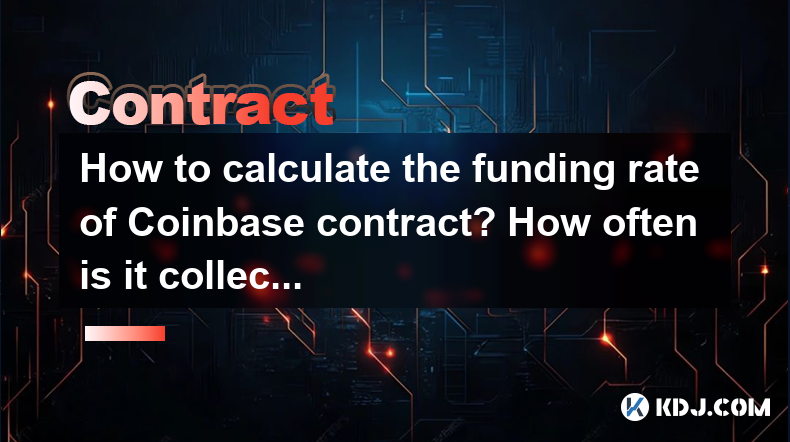
Understanding the funding rate of Coinbase contracts is essential for traders engaging in perpetual futures trading on the platform. The funding rate is a mechanism used to ensure that the price of a perpetual futures contract remains closely aligned with the spot price of the underlying asset. This article will delve into the specifics of calculating the funding rate for Coinbase contracts, as well as the frequency of its collection or payment.
What is the Funding Rate?
The funding rate is a periodic payment made between traders based on the difference between the perpetual futures contract price and the spot price of the underlying asset. If the perpetual contract price is higher than the spot price, long position holders pay short position holders. Conversely, if the perpetual contract price is lower than the spot price, short position holders pay long position holders. This mechanism helps to keep the futures price aligned with the spot price.
How to Calculate the Funding Rate on Coinbase
Calculating the funding rate on Coinbase involves a few key components. The formula for the funding rate is:
[ \text{Funding Rate} = \text{Premium Index} + \text{Clamp}(\text{Interest Rate} - \text{Premium Index}, 0.05\%, -0.05\%) ]
Let's break down each part of this formula:
Premium Index: This is calculated based on the difference between the perpetual futures price and the spot price. It is typically calculated as the time-weighted average of the difference between the mark price and the index price over a specific period.
Interest Rate: This is the rate that represents the cost of capital for holding the position. It is usually a fixed rate provided by Coinbase.
Clamp Function: This function limits the difference between the interest rate and the premium index to a range of -0.05% to 0.05%. This ensures that the funding rate does not deviate too far from the premium index.
Example Calculation of the Funding Rate
To illustrate, let's assume the following values:
- Premium Index: 0.01%
- Interest Rate: 0.03%
Using the formula:
[ \text{Funding Rate} = 0.01\% + \text{Clamp}(0.03\% - 0.01\%, 0.05\%, -0.05\%) ]
[ \text{Funding Rate} = 0.01\% + \text{Clamp}(0.02\%, 0.05\%, -0.05\%) ]
[ \text{Funding Rate} = 0.01\% + 0.02\% ]
[ \text{Funding Rate} = 0.03\% ]
In this example, the funding rate would be 0.03%.
Frequency of Funding Rate Collection or Payment
The funding rate on Coinbase is collected or paid every 8 hours. This means that the funding rate is calculated and applied three times a day, typically at the following times:
- 00:00 UTC
- 08:00 UTC
- 16:00 UTC
Traders need to be aware of these times as the funding rate can significantly impact their trading positions. If you hold a position at these times, you will either pay or receive funding based on the calculated funding rate.
Impact of Funding Rate on Trading
The funding rate can have a significant impact on trading strategies. Traders need to consider the following:
Long Position Holders: If the funding rate is positive, long position holders will pay short position holders. This can erode profits if the funding rate is high over a prolonged period.
Short Position Holders: If the funding rate is negative, short position holders will pay long position holders. This can also impact profitability, especially if the funding rate remains negative for an extended time.
Arbitrage Opportunities: Savvy traders can take advantage of discrepancies between the funding rate and the spot price to engage in arbitrage, potentially profiting from the differences.
How to Monitor the Funding Rate on Coinbase
To effectively manage your positions, it's crucial to monitor the funding rate on Coinbase. Here are the steps to do so:
Log into your Coinbase account: Ensure you are logged into your Coinbase account.
Navigate to the Futures Trading Section: Go to the section of the platform where you can trade futures contracts.
Select the Desired Contract: Choose the specific contract you are interested in.
Check the Funding Rate: Look for the funding rate information, which is usually displayed prominently on the trading page. Coinbase typically provides real-time updates on the funding rate.
Set Alerts: If available, set up alerts to notify you when the funding rate reaches certain thresholds, allowing you to adjust your positions accordingly.
Practical Example of Funding Rate Impact
To understand how the funding rate impacts trading, consider a scenario where you hold a long position in a Bitcoin perpetual futures contract on Coinbase. Suppose the funding rate is 0.03% every 8 hours. Over a 24-hour period, you would pay:
[ 0.03\% \times 3 = 0.09\% ]
If your position size is $10,000, the total funding payment for one day would be:
[ 0.09\% \times 10,000 = \$9 ]
This means you would need to pay $9 every day to maintain your long position, which could significantly impact your profitability if the market does not move in your favor.
Frequently Asked Questions
Q1: Can the funding rate on Coinbase be negative?
A1: Yes, the funding rate can be negative. If the perpetual futures price is lower than the spot price, short position holders will pay long position holders. The clamp function in the funding rate formula ensures that the rate stays within a certain range, but it can still be negative.
Q2: How does Coinbase determine the Premium Index?
A2: Coinbase calculates the Premium Index as the time-weighted average of the difference between the mark price and the index price over a specific period. This helps to smooth out short-term volatility and provides a more stable measure of the premium.
Q3: Is the funding rate the same for all contracts on Coinbase?
A3: No, the funding rate can vary between different contracts on Coinbase. Each contract has its own specific parameters, including the premium index and interest rate, which can lead to different funding rates.
Q4: Can I avoid paying the funding rate on Coinbase?
A4: You cannot avoid paying the funding rate if you hold a position at the time of funding. However, you can manage your exposure by closing your position before the funding time or by adjusting your position size to minimize the impact of the funding rate.
Disclaimer:info@kdj.com
The information provided is not trading advice. kdj.com does not assume any responsibility for any investments made based on the information provided in this article. Cryptocurrencies are highly volatile and it is highly recommended that you invest with caution after thorough research!
If you believe that the content used on this website infringes your copyright, please contact us immediately (info@kdj.com) and we will delete it promptly.
- Remittix (RTX) Could Be This Year's Cardano, Analysts Say
- 2025-04-29 09:40:12
- Remittix (RTX) Could Outpace Dogecoin (DOGE) In The Next Bull Run
- 2025-04-29 09:40:12
- Spot Bitcoin ETF flows indicate that institutional demand is reaching new heights.
- 2025-04-29 09:35:12
- Arizona Moves Closer to Establishing the First Bitcoin Reserve
- 2025-04-29 09:35:12
- Spot US Crypto ETFs Witnessed Net Inflows of $484.1M in the Past Seven Days
- 2025-04-29 09:30:12
- Arizona Takes Historic Step Toward Integrating Cryptocurrency into Public Finances by Passing Bitcoin Reserve Bills
- 2025-04-29 09:30:12
Related knowledge
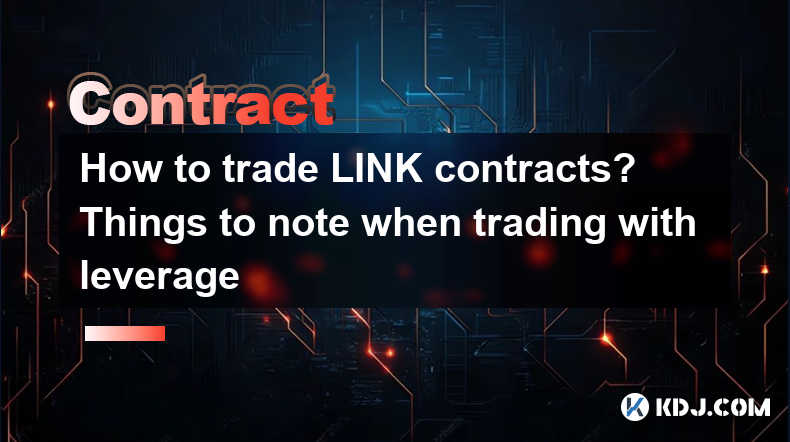
How to trade LINK contracts? Things to note when trading with leverage
Apr 28,2025 at 08:01pm
Trading LINK contracts, particularly with leverage, can be an exciting yet risky endeavor. LINK, or Chainlink, is a decentralized oracle network that provides real-world data to smart contracts on the blockchain. Trading LINK contracts involves speculating on the price movements of LINK without owning the actual cryptocurrency. When you trade with lever...
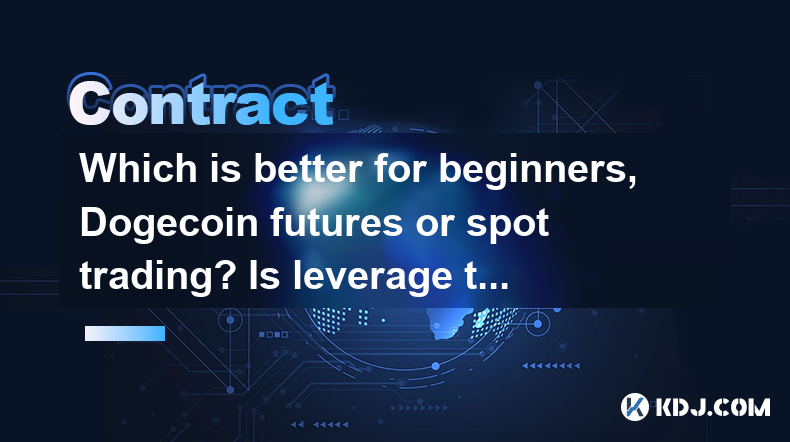
Which is better for beginners, Dogecoin futures or spot trading? Is leverage trading risky?
Apr 29,2025 at 04:49am
When deciding whether Dogecoin futures or spot trading is better for beginners, it's important to understand the fundamental differences between these two trading methods and their respective risks. Dogecoin spot trading involves buying and selling the actual cryptocurrency at the current market price. This method is straightforward and allows beginners...
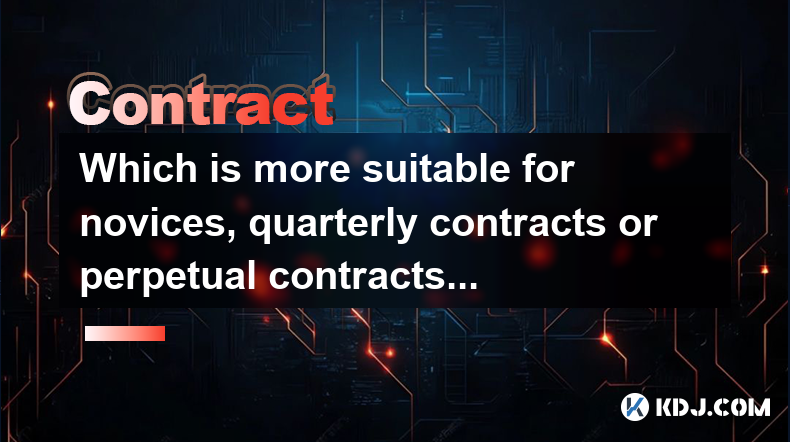
Which is more suitable for novices, quarterly contracts or perpetual contracts? Does the delivery date have a big impact?
Apr 29,2025 at 09:49am
Introduction to Quarterly and Perpetual ContractsWhen entering the world of cryptocurrency trading, one of the first decisions a novice trader faces is choosing between quarterly contracts and perpetual contracts. Both types of contracts offer unique features and benefits, but understanding their differences is crucial for making an informed decision. T...

When will the leverage multiple adjustment take effect? Will the leverage change affect the existing position?
Apr 28,2025 at 02:36am
Understanding Leverage Multiple Adjustments in Cryptocurrency TradingIn the realm of cryptocurrency trading, leverage is a powerful tool that allows traders to amplify their trading positions beyond their initial capital. However, adjustments to leverage multiples are a critical aspect that traders must understand thoroughly. This article delves into wh...
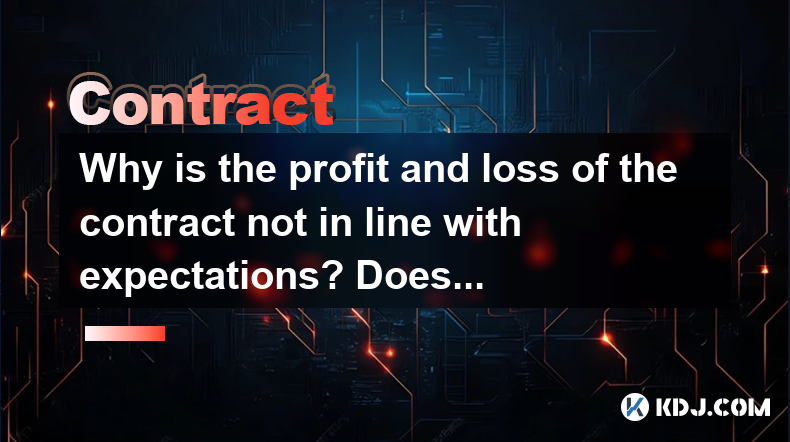
Why is the profit and loss of the contract not in line with expectations? Does the calculation of unrealized profit and loss include handling fees?
Apr 27,2025 at 09:14pm
In the world of cryptocurrency trading, especially when dealing with futures and options contracts, traders often find themselves puzzled by discrepancies between their expected and actual profit and loss (P&L). This article delves into the reasons behind such discrepancies and explores whether the calculation of unrealized profit and loss includes hand...
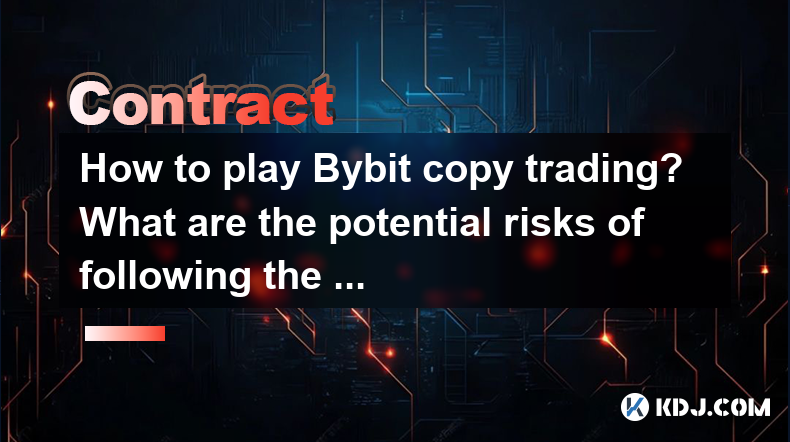
How to play Bybit copy trading? What are the potential risks of following the operation of experts?
Apr 27,2025 at 07:21pm
How to Play Bybit Copy Trading? What Are the Potential Risks of Following the Operation of Experts? Bybit copy trading is a popular feature among cryptocurrency traders looking to benefit from the expertise of seasoned professionals. This article will guide you through the process of engaging in Bybit copy trading and explore the potential risks associa...

How to trade LINK contracts? Things to note when trading with leverage
Apr 28,2025 at 08:01pm
Trading LINK contracts, particularly with leverage, can be an exciting yet risky endeavor. LINK, or Chainlink, is a decentralized oracle network that provides real-world data to smart contracts on the blockchain. Trading LINK contracts involves speculating on the price movements of LINK without owning the actual cryptocurrency. When you trade with lever...

Which is better for beginners, Dogecoin futures or spot trading? Is leverage trading risky?
Apr 29,2025 at 04:49am
When deciding whether Dogecoin futures or spot trading is better for beginners, it's important to understand the fundamental differences between these two trading methods and their respective risks. Dogecoin spot trading involves buying and selling the actual cryptocurrency at the current market price. This method is straightforward and allows beginners...

Which is more suitable for novices, quarterly contracts or perpetual contracts? Does the delivery date have a big impact?
Apr 29,2025 at 09:49am
Introduction to Quarterly and Perpetual ContractsWhen entering the world of cryptocurrency trading, one of the first decisions a novice trader faces is choosing between quarterly contracts and perpetual contracts. Both types of contracts offer unique features and benefits, but understanding their differences is crucial for making an informed decision. T...

When will the leverage multiple adjustment take effect? Will the leverage change affect the existing position?
Apr 28,2025 at 02:36am
Understanding Leverage Multiple Adjustments in Cryptocurrency TradingIn the realm of cryptocurrency trading, leverage is a powerful tool that allows traders to amplify their trading positions beyond their initial capital. However, adjustments to leverage multiples are a critical aspect that traders must understand thoroughly. This article delves into wh...

Why is the profit and loss of the contract not in line with expectations? Does the calculation of unrealized profit and loss include handling fees?
Apr 27,2025 at 09:14pm
In the world of cryptocurrency trading, especially when dealing with futures and options contracts, traders often find themselves puzzled by discrepancies between their expected and actual profit and loss (P&L). This article delves into the reasons behind such discrepancies and explores whether the calculation of unrealized profit and loss includes hand...

How to play Bybit copy trading? What are the potential risks of following the operation of experts?
Apr 27,2025 at 07:21pm
How to Play Bybit Copy Trading? What Are the Potential Risks of Following the Operation of Experts? Bybit copy trading is a popular feature among cryptocurrency traders looking to benefit from the expertise of seasoned professionals. This article will guide you through the process of engaging in Bybit copy trading and explore the potential risks associa...
See all articles






















































































